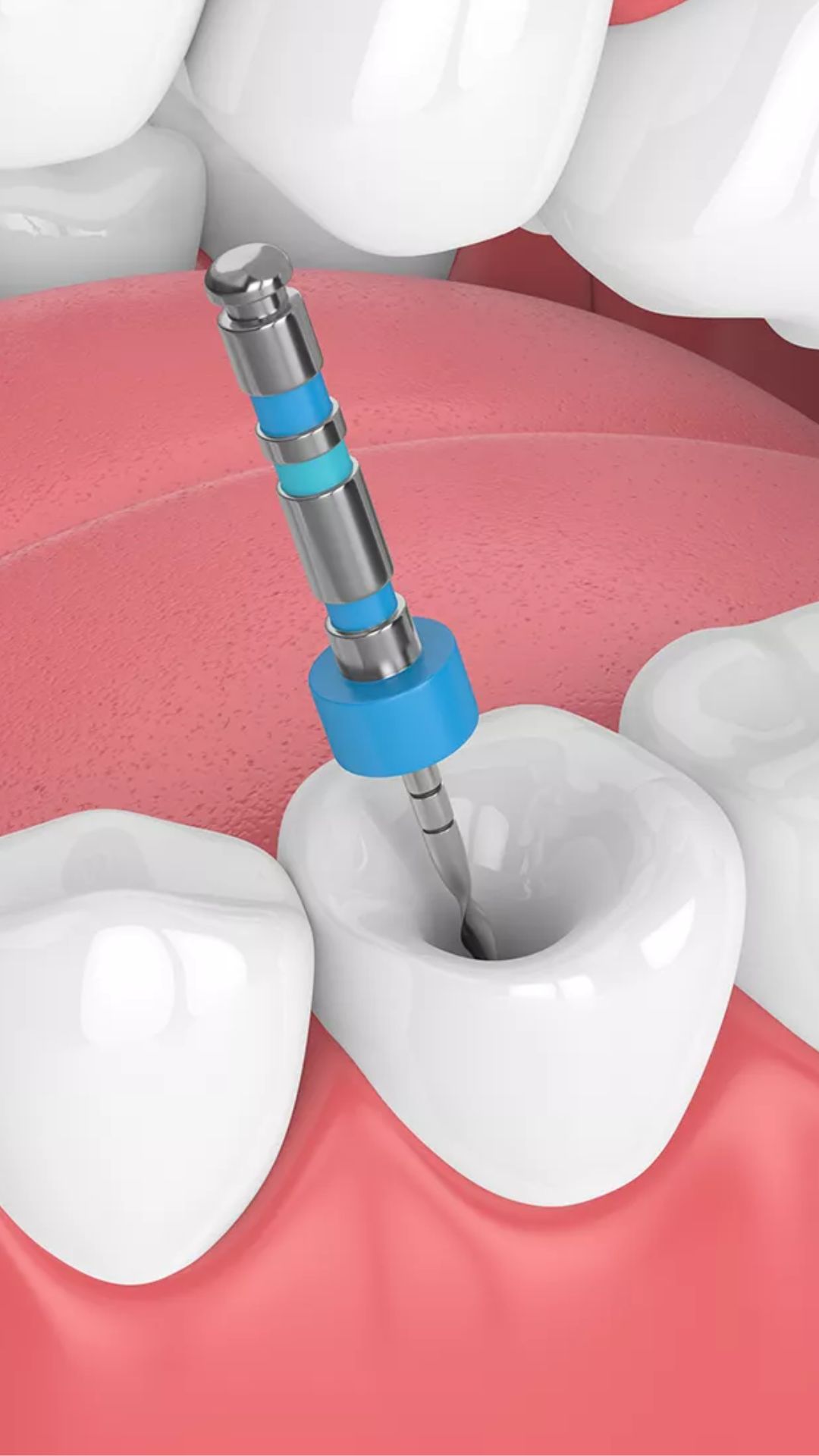
Root Canal
Read More
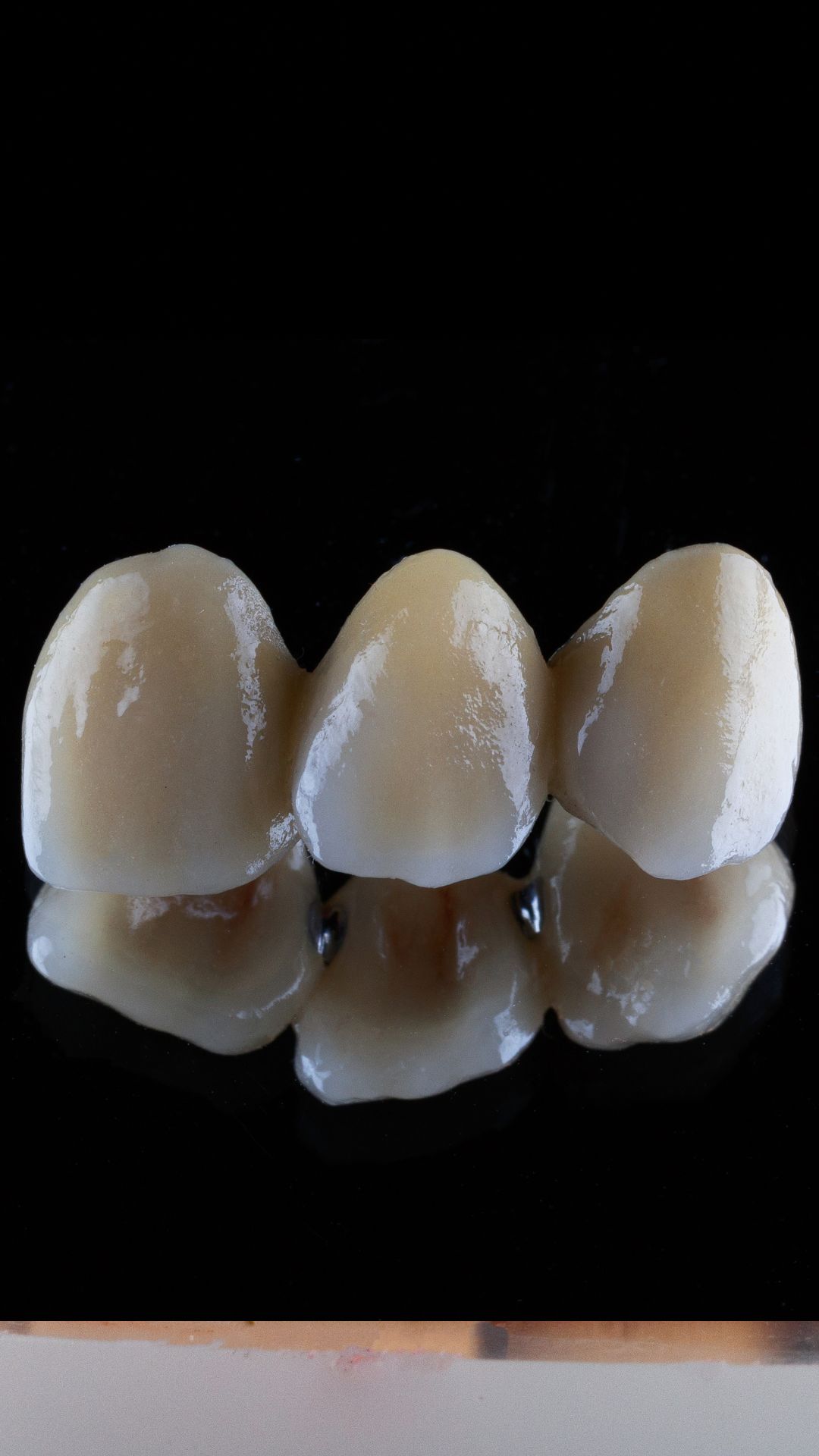
Crowns
Read More
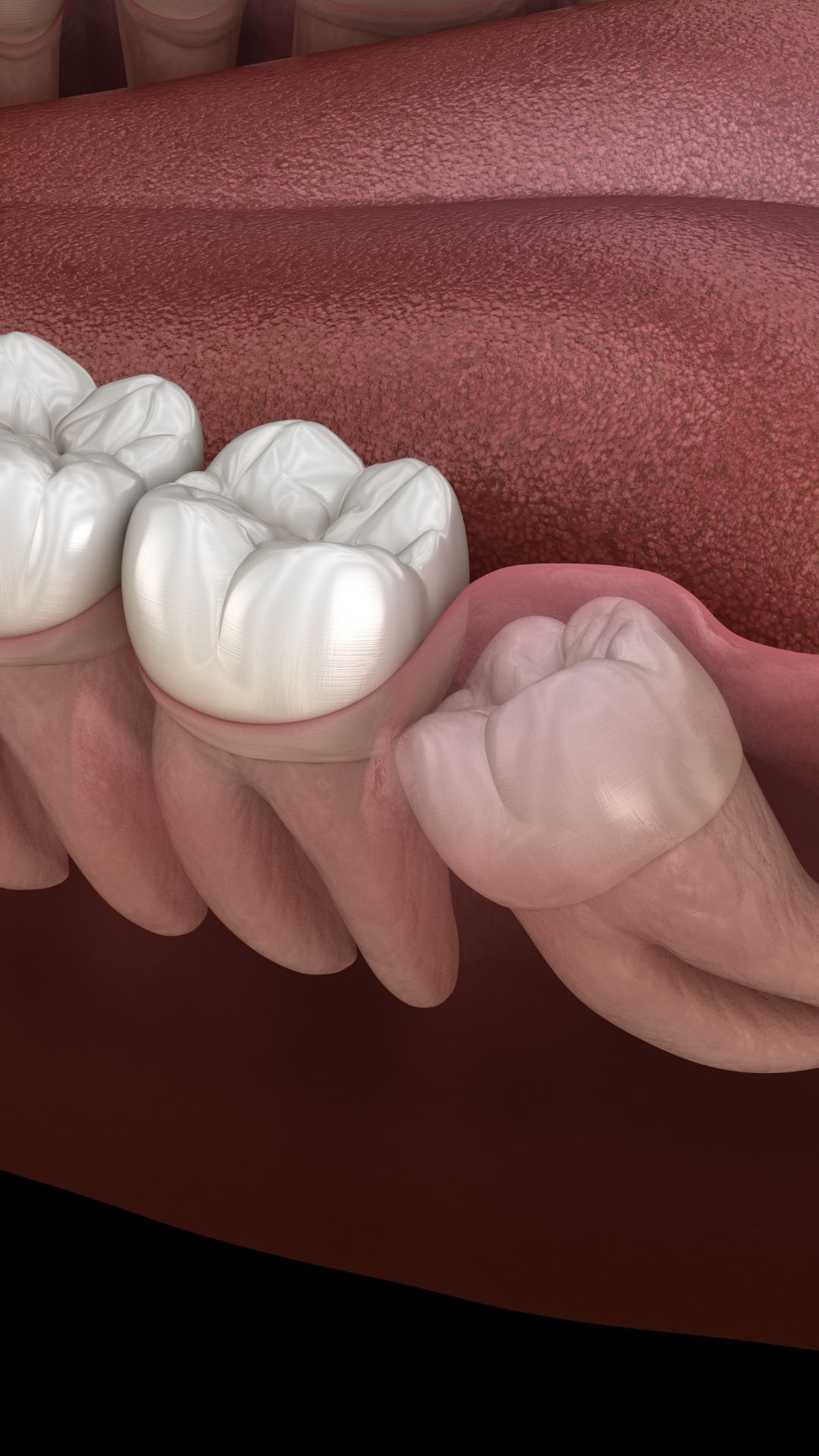
Wisdom Tooth Removal
Read More

Gum Treatments
Read More

Invisible Aligners & Braces
Read More
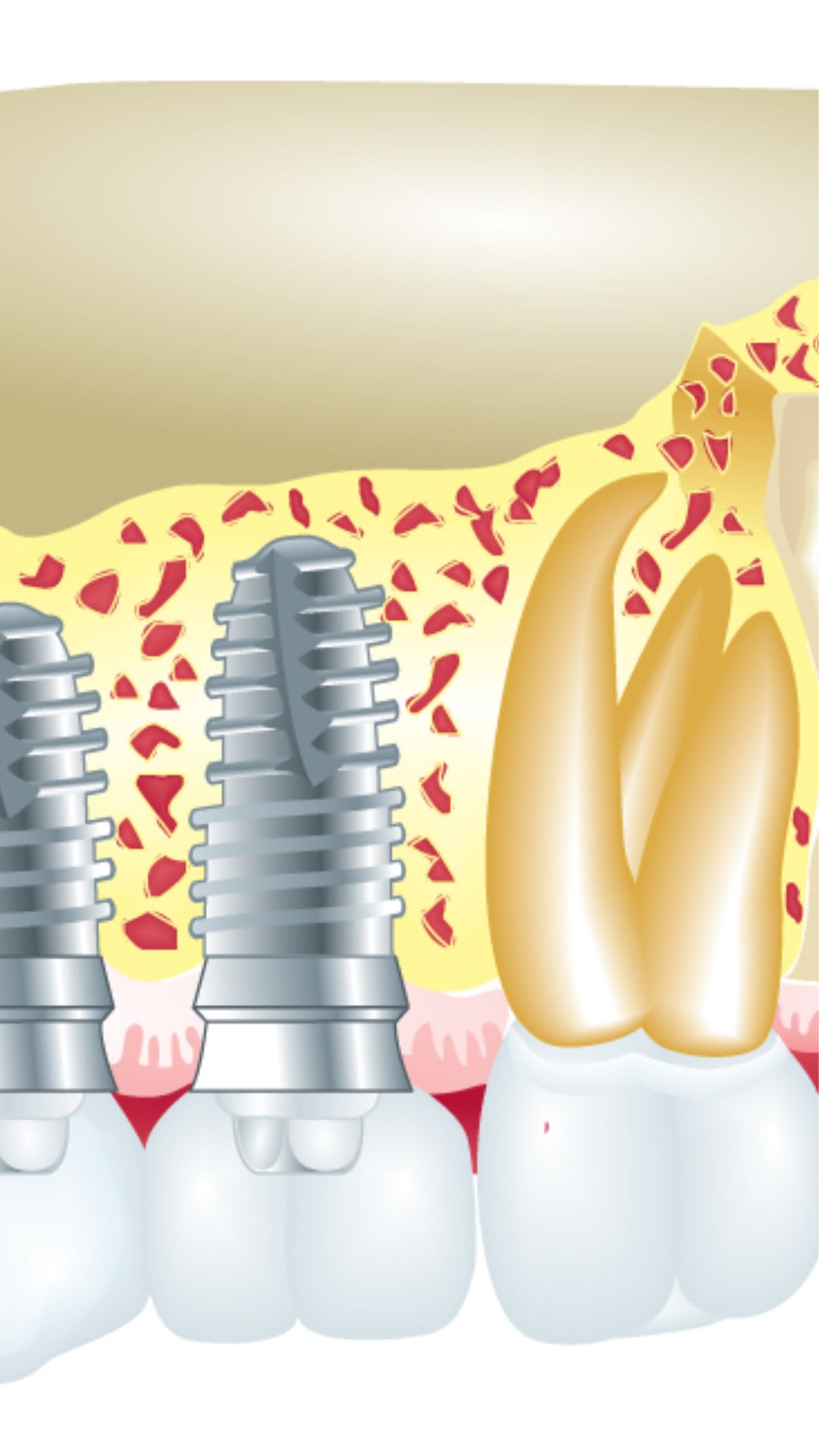
Implants
Read More

Read More

Read More

Read More

Read More

Read More

Read More
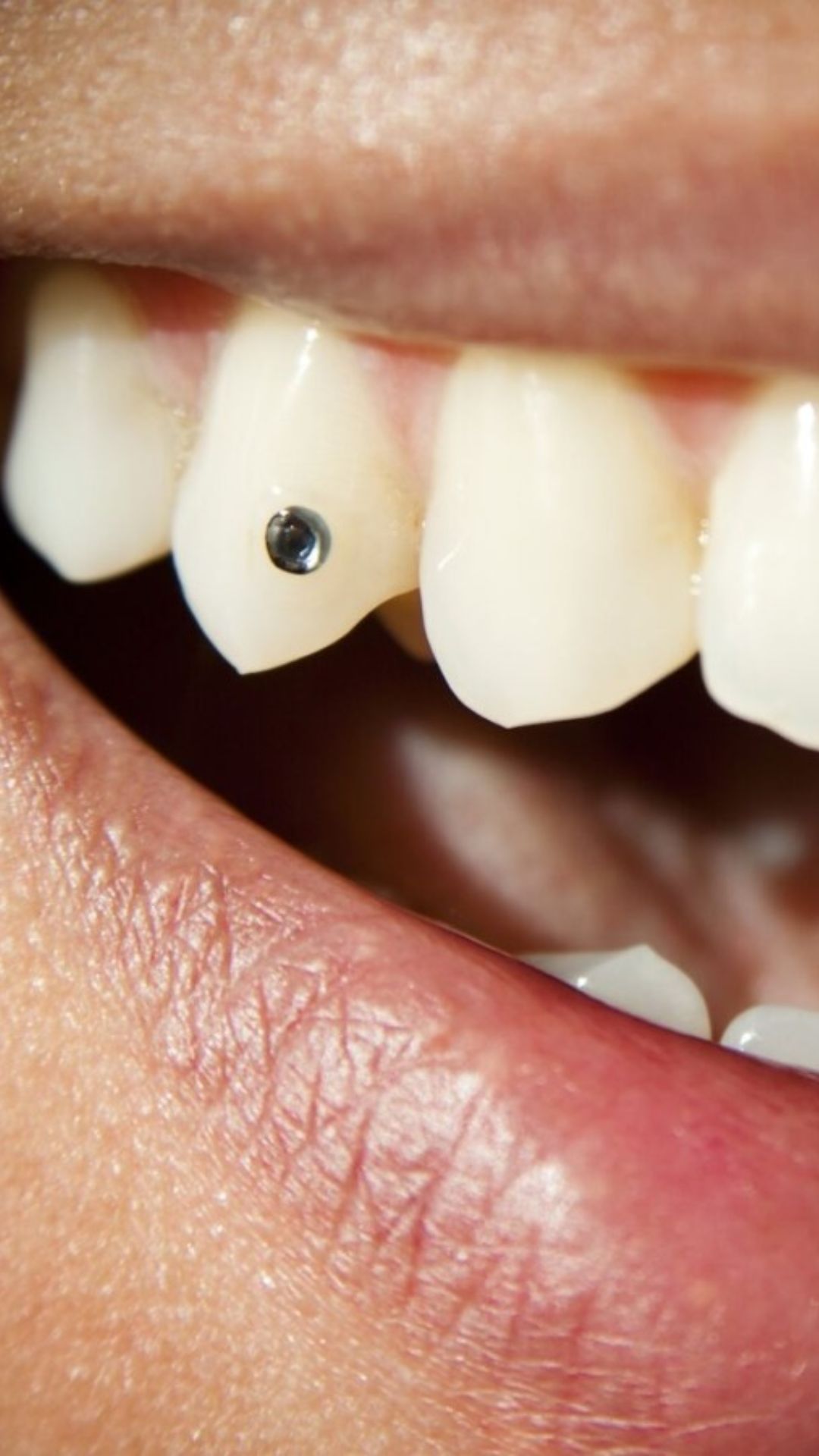
Read More

Read More
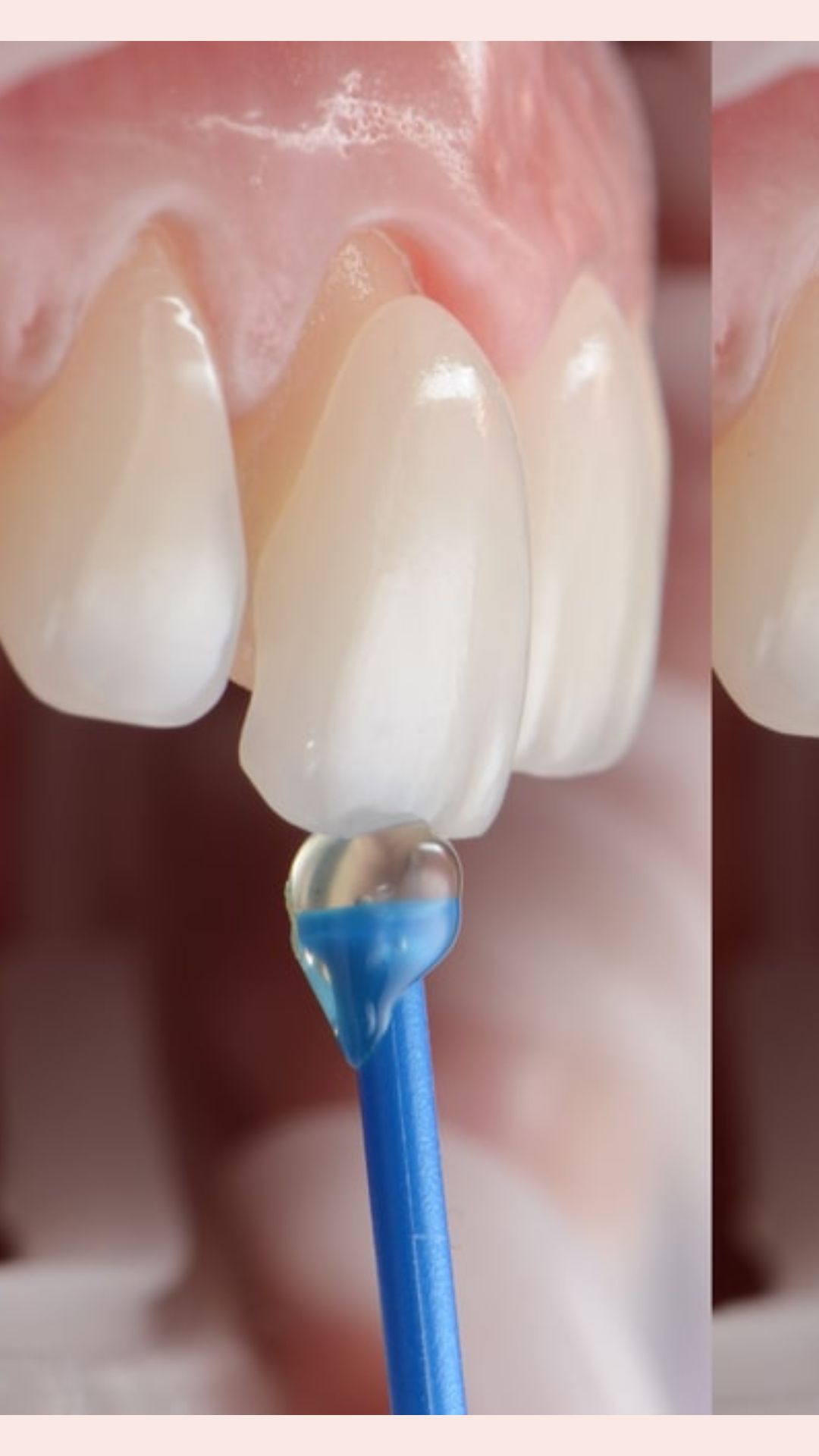
Read More
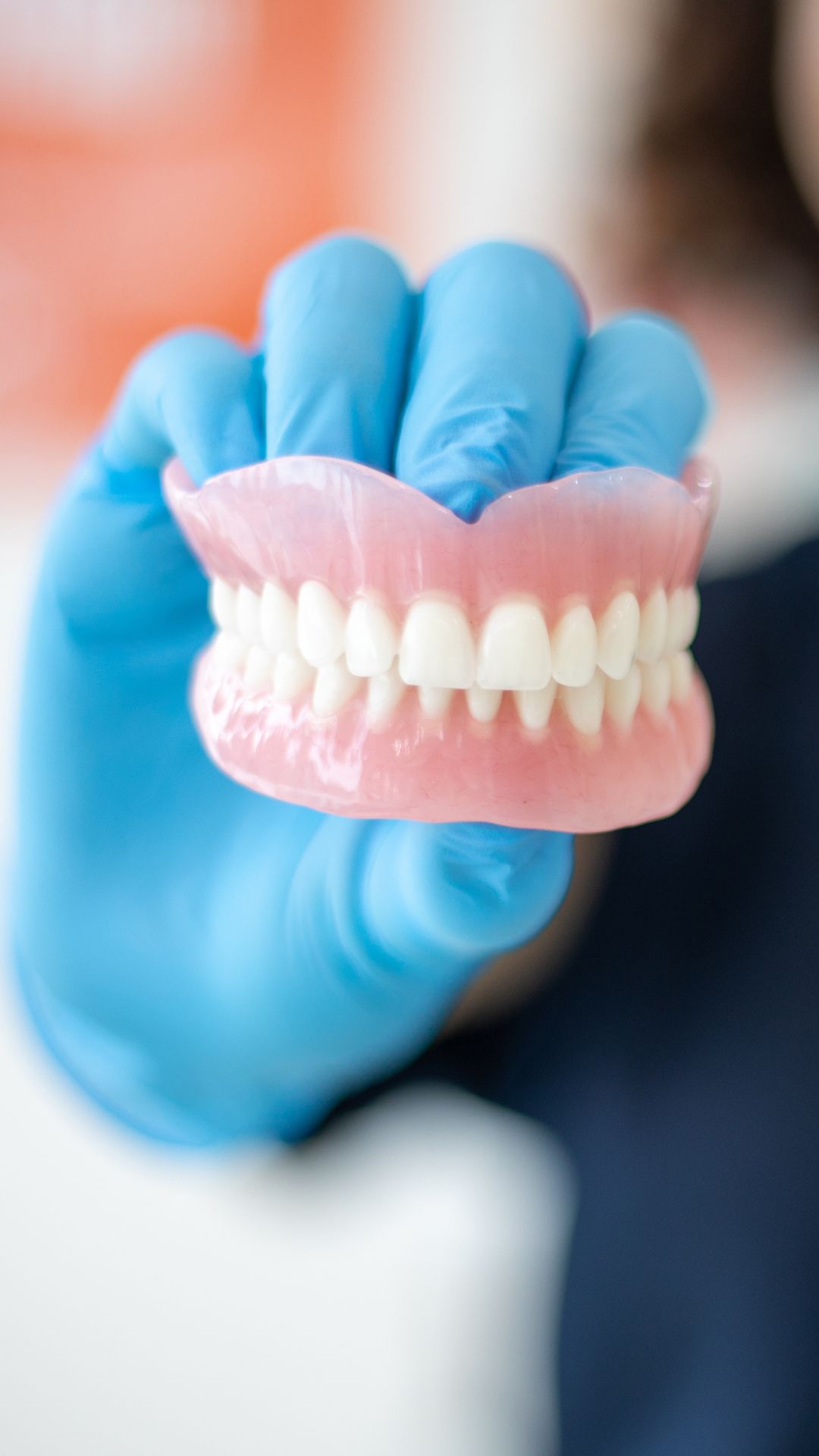
Read More

Read More
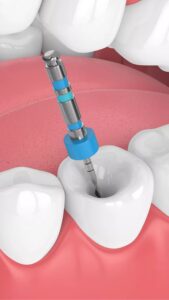
The root canal procedure itself should not cause pain, thanks to local anesthesia. Some discomfort afterward is normal but can usually be managed with prescribed pain relievers from your dentist.
The duration of a root canal procedure varies based on the complexity of the tooth and the extent of infection. Typically, it takes one to two visits, with each visit lasting about 60-90 minutes.
In most cases, a tooth that has undergone a root canal will require a crown. This crown helps protect and strengthen the tooth, as it may become more fragile after the procedure.
The primary alternative to a root canal is tooth extraction. However, it’s generally advisable to preserve your natural tooth when possible, as extraction can lead to additional dental procedures like dental implants or bridges.
Recovery time varies from person to person, but most individuals can resume their regular activities within a day or two. Full healing of the tooth and surrounding tissues may take a few weeks
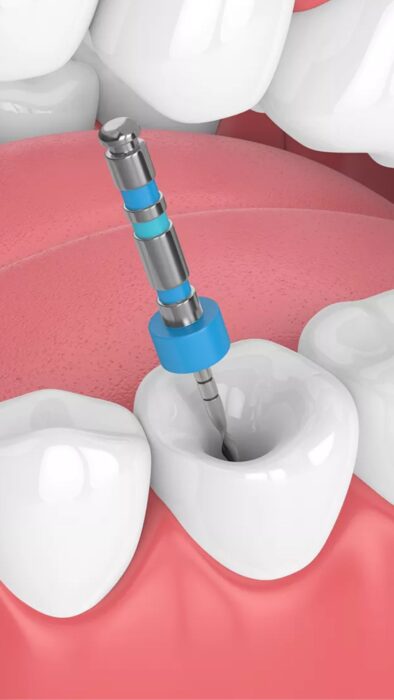
A dental crown serves as a protective cap that is applied over a tooth that has experienced damage or decay. This helps in the restoration of the tooth’s natural shape, strength, and appearance
With appropriate care and regular maintenance, dental crowns and bridges can often remain functional for a decade or more.
Dental bridges are recommended when patients have one or more missing teeth and adjacent teeth are strong enough to support the bridge. They are a stable and esthetic solution for tooth replacement.
Yes, modern dental crowns and bridges are designed to closely resemble natural teeth in color, shape, and texture, ensuring a natural and aesthetically pleasing appearance.
Temporary crowns are used as a placeholder while a permanent crown is being fabricated in a dental lab. Permanent crowns are custom-made and designed for long-term use.
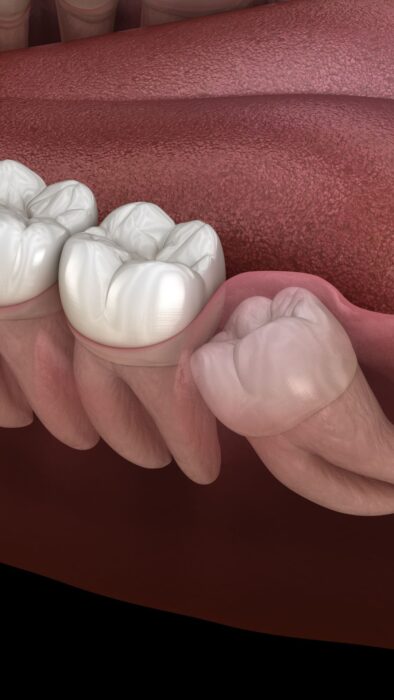
Common signs include pain, swelling, difficulty in opening the mouth, and discomfort while eating. An evaluation by a dentist, including X-rays, can determine the necessity for extraction.
Our dental team takes measures to ensure your comfort during the procedure. Various anesthesia options are available, and many patients report minimal pain during and after the extraction.
The duration varies depending on the complexity of the extraction and the number of teeth being removed. On average, the procedure typically takes about 45 minutes.
We offer various anesthesia options, including local anesthesia, sedation, or general anesthesia. The choice depends on factors such as the complexity of the extraction and the patient’s preferences.
Recovery times vary, but most patients can resume normal activities within a few days. Full healing typically takes a few weeks. Detailed post-operative care instructions will be provided.
While complications are rare, risks such as infection, dry socket, or nerve damage can occur. Our team will discuss potential risks during the consultation, and following post-operative care instructions can reduce these risks.
If sedation or general anesthesia is used, it is recommended to have someone accompany you to drive you home after the procedure. Local anesthesia may allow you to drive yourself.
Removing wisdom teeth typically does not cause significant changes in facial appearance or jawline. Our experienced dental team takes care to minimize any impact on surrounding structures.
You can usually resume eating soft foods shortly after the procedure. Avoiding hot, spicy, or hard foods is recommended during the initial healing period.
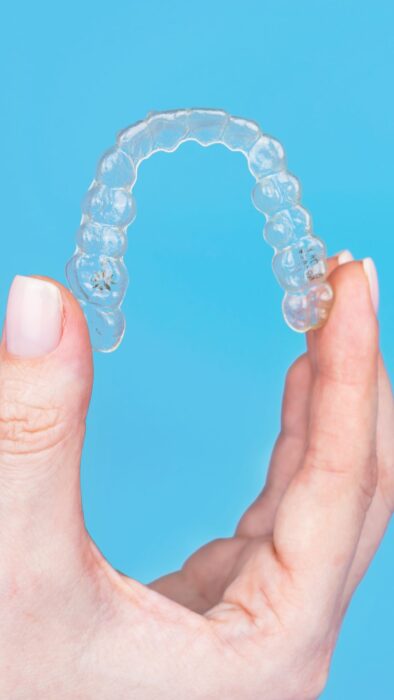
These aligners are worn over the teeth and exert gentle pressure to shift them into the desired position over time. Each set of aligners is worn for about two weeks before switching to the next set in the series.
Invisible aligners can effectively treat a range of orthodontic issues, including crowded teeth, gaps, overbites, underbites, and minor bite irregularities.
Yes, invisible aligners are made from smooth, comfortable materials and are custom-fit to your teeth, making them relatively comfortable to wear. They are also removable, allowing for easy eating, brushing, and flossing.
The duration of treatment varies based on individual needs. On average, treatment can range from several months to a year or more, depending on the complexity of the case.
For the best results, aligners should be worn for 20 to 22 hours a day, removing them only for eating, drinking (except water), brushing, and flossing.
Regular check-ups are typically scheduled every 6-8 weeks to monitor progress and make any necessary adjustments to the treatment plan.
Invisible aligners are suitable for many individuals; however, a consultation with an orthodontist is necessary to determine if they are the right treatment option for your specific orthodontic needs.
There are no dietary restrictions with invisible aligners since they can be removed while eating. It’s important to remove aligners before consuming anything other than water to avoid staining or damaging them.
Aligners should be cleaned daily using a gentle brush and lukewarm water. Avoid using hot water as it can deform the aligners. Additionally, maintaining good oral hygiene by brushing and flossing before reinserting aligners is crucial.
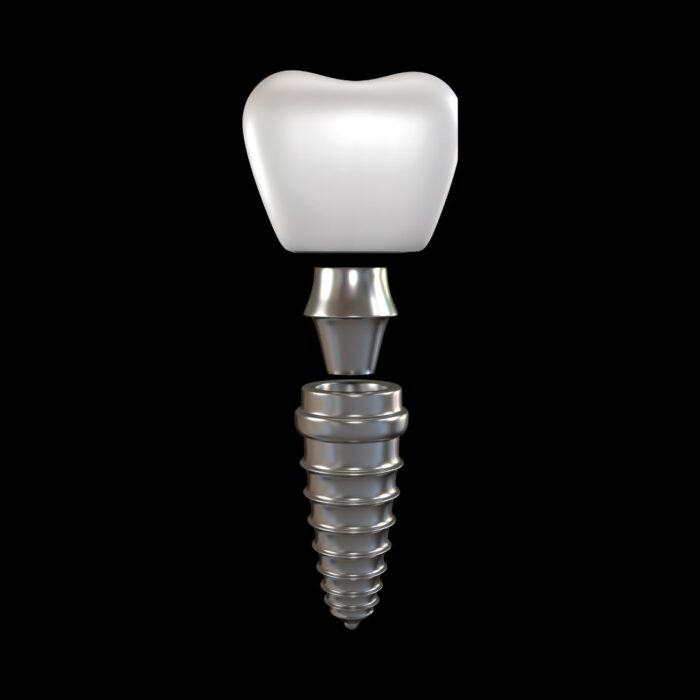
Dental implants are titanium posts surgically placed into the jawbone to replace missing tooth roots. Unlike other options such as dentures or bridges, implants provide a sturdy foundation for replacement teeth, offering a more natural and long-lasting solution
The duration varies based on individual cases. From the initial consultation to the final placement of the restoration, the process typically takes several months. Factors like healing time and the need for additional procedures may influence the timeline.
The implant placement itself is usually performed under local anesthesia, ensuring a painless experience. Some discomfort during the healing period is common, but it is manageable with prescribed or over-the-counter pain medications.
Caring for dental implants is similar to caring for natural teeth. Regular brushing, flossing, and routine dental check-ups are essential. Your dentist may provide specific care instructions based on your individual case.
While dental implants have a high success rate, risks include infection, implant failure, or damage to surrounding structures. Your dentist will discuss potential risks during the consultation.
Smoking can impact the success of dental implants. While it’s not an absolute contraindication, smokers may have a higher risk of complications. Your dentist will assess your individual case and discuss the potential impact of smoking on the success of the implants.
Age alone is not a limiting factor. As long as an individual is in good health and has sufficient bone density, dental implants can be a viable option. Your dentist will assess your overall health and suitability for the procedure.
Your dentist will conduct a thorough examination, which may include X-rays or scans, to assess your bone density. In cases of insufficient bone, bone grafting procedures may be recommended to provide the necessary support for the implants.
It’s generally recommended to address gum disease before undergoing dental implant surgery. Healthy gums are crucial for the success of the implants. Your dentist will assess and treat any existing gum disease before proceeding with implant placement.
While diabetes may require additional precautions, individuals with well-controlled diabetes can often undergo dental implant surgery. Your dentist will collaborate with your healthcare team to ensure a safe and successful procedure

If you’re unhappy with the appearance of your smile, whether due to stained, misshapen, misaligned, or missing teeth, you may benefit from a smile makeover. During a consultation, our cosmetic dentists will assess your oral health and discuss your goals to determine if smile designing is right for you.
Smile designing procedures can include teeth whitening, porcelain veneers, orthodontics, dental implants, dental crowns, bridges, gum contouring, tooth reshaping, and more. The specific procedures used in your smile makeover will depend on your individual needs and goals.
Most smile designing procedures are minimally invasive and relatively painless. Many patients experience only mild discomfort, which can be managed with over-the-counter pain relievers. Your dentist will discuss any potential discomfort and ways to alleviate it before starting the treatment.
The duration of a smile makeover varies based on the complexity of the case and the number of procedures involved. Some treatments may be completed in one or two visits, while more extensive makeovers may take several months. During your consultation, your dentist will provide you with a timeline specific to your treatment plan.
The longevity of smile design results depends on several factors, including your oral hygiene and the specific procedures performed. With proper care and maintenance, many smile makeover results can last for many years. Regular dental check-ups are essential to monitor and maintain your enhanced smile
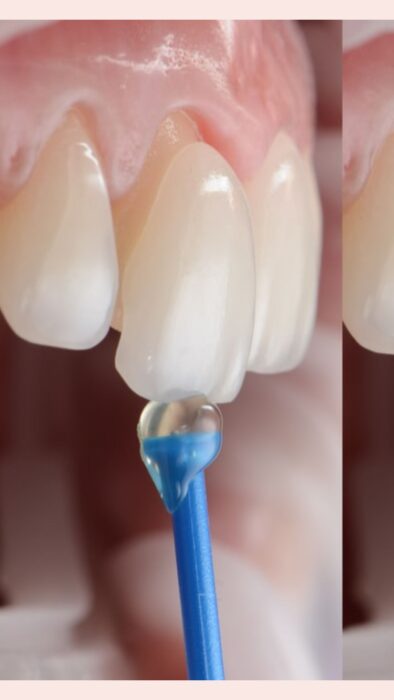
Veneers are not permanent but can last 10-15 years or more with proper care and maintenance. They may need replacement eventually due to wear and staining.
Veneers require regular oral hygiene practices, including brushing and flossing. Avoiding excessive force when biting and refraining from habits like nail-biting is advised. Routine dental check-ups are essential for monitoring their condition.
Not everyone is a suitable candidate for veneers. Ideal candidates should have healthy teeth and gums, adequate enamel, and tooth structure. A dentist will assess your eligibility based on your dental health and needs.
Yes, you can eat and drink most foods and beverages with veneers, but it’s advisable to avoid excessive consumption of staining substances like coffee or red wine.
Depending on your specific concerns, alternatives like teeth whitening, orthodontics, or dental bonding may be considered. Our team will discuss the best options for your case.
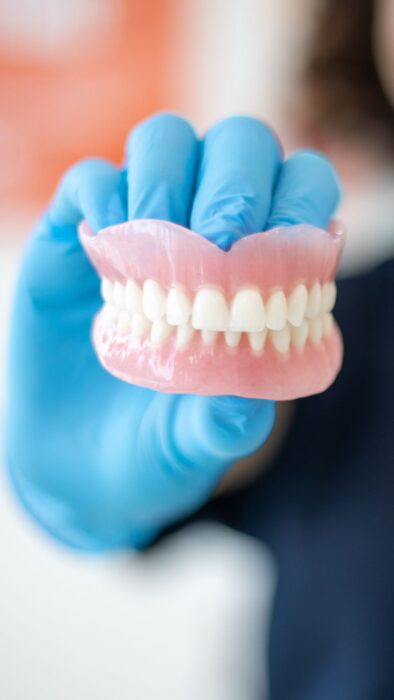
The time it takes to get dentures can vary depending on your specific needs. Typically, it may take a few weeks to a couple of months to complete the entire process. This includes initial consultations, impressions, fittings, and adjustments to ensure a perfect fit.
With advancements in denture technology and materials, modern dentures are more comfortable than ever before. However, an initial adjustment period is common as your mouth gets used to the new appliance. Our dental team will work with you to ensure your dentures are as comfortable as possible.
Proper denture care is essential to maintain their longevity and keep your oral health in check. You should clean your dentures daily, avoid using hot water, and store them in a denture-cleaning solution when not in use. Regular check-ups with our dental professionals are also crucial for adjustments and maintenance.
Yes, dentures are designed to improve your ability to eat and speak. It may take some time to adjust, but with practice, most patients can enjoy their favorite foods and speak clearly with their dentures.
Typically, it’s recommended to remove your dentures at night to give your oral tissues a chance to rest. This practice also allows for proper cleaning and maintenance.
Regular dental check-ups are essential for denture wearers. We recommend coming in for check-ups every 6-12 months to ensure your dentures fit correctly, make any necessary adjustments, and monitor your oral health.
Yes, some patients opt for implant-supported dentures, which provide greater stability and a more permanent solution. Our dental team can discuss these options with you based on your individual needs.
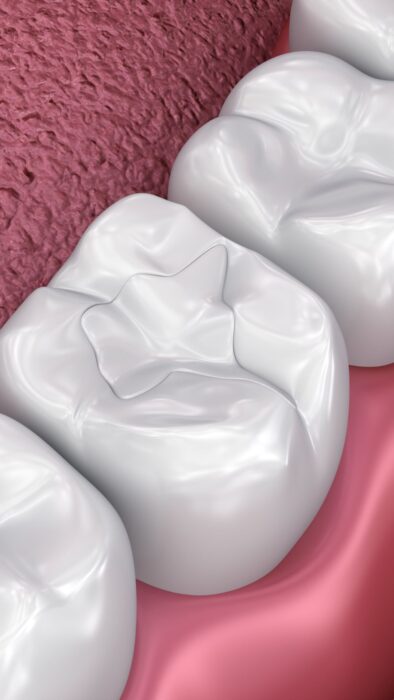
Composite fillings offer natural aesthetics and versatility in matching tooth color, making them a popular choice for visible areas. They are also minimally invasive and bond well to the tooth structure. However, the choice of filling material depends on individual factors and the dentist’s recommendation.
The lifespan of fillings varies depending on the type of material used, the location of the filling, oral hygiene maintenance, and individual factors. On average, composite fillings last around 5-10 years, while amalgam fillings can last longer.
Dental fillings do not require specific care beyond regular oral hygiene practices, including brushing twice a day, flossing daily, and attending routine dental check-ups. Avoiding habits like teeth grinding or chewing on hard objects can help preserve fillings.
During the filling procedure, the dentist uses local anesthesia to numb the area, ensuring a painless experience. Afterward, some patients may experience mild sensitivity, which usually subsides within a few days.
Old fillings may need replacement if they are worn, damaged, or show signs of decay around the filling. Regular dental check-ups can help identify the condition of existing fillings and determine if replacement is necessary.
Your dentist will assess your oral health, discuss your preferences, and consider factors such as the location and size of the cavity to recommend the most suitable filling material for your specific needs.

Our experienced periodontists are skilled in performing a wide range of gum surgery procedures, including:
Following gum surgery, proper aftercare and maintenance are essential for a successful recovery. Our team will provide you with detailed instructions and schedule follow-up appointments to monitor your progress and maintain your oral health.
The procedure is typically performed under local anesthesia, minimizing discomfort. Afterward, any discomfort can usually be managed with over-the-counter pain medications.
The duration of gum surgery varies depending on the specific procedure and your individual needs. Your dentist or periodontist will provide a timeline during your consultation.
Recovery after gum surgery may involve some swelling and mild discomfort. Your dental team will provide post-operative care instructions and schedule follow-up appointments to monitor your progress.
Like any surgical procedure, gum surgery carries minimal risks, such as infection or complications. However, these risks are relatively low when performed by experienced professionals.
With proper care and maintenance, the results of gum surgery can be long-lasting, contributing to improved oral health and aesthetics for years to come.
Initially, you may need to follow a soft diet, but your dentist will provide dietary guidelines during your recovery. As healing progresses, you can gradually return to your normal eating habits.

